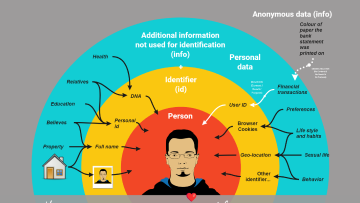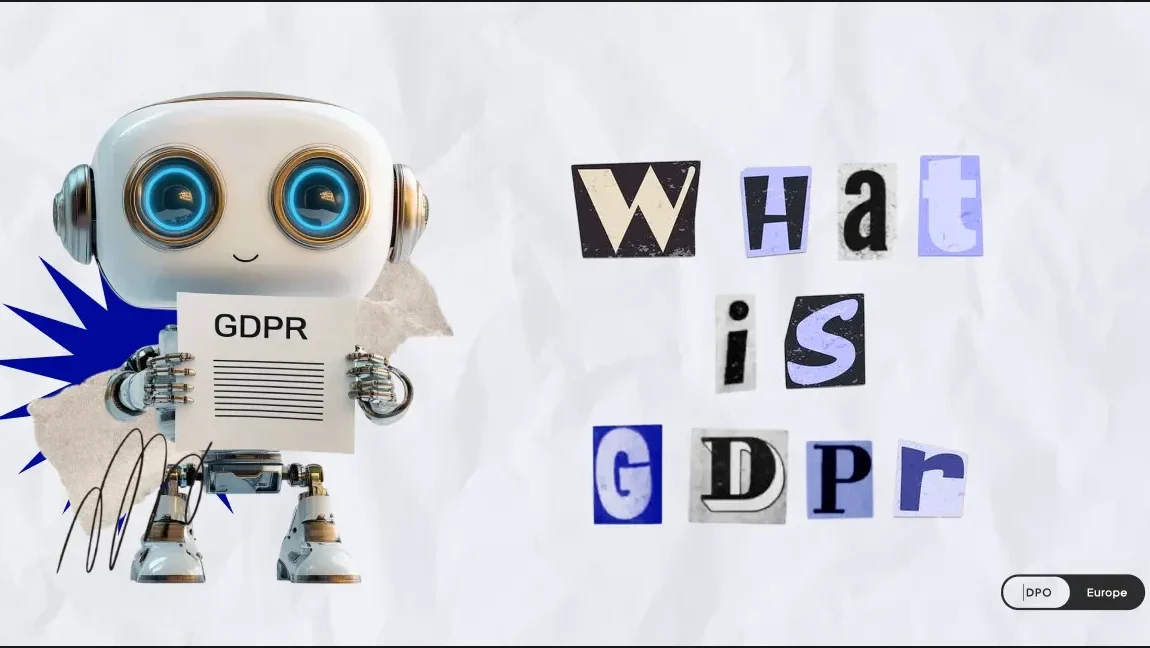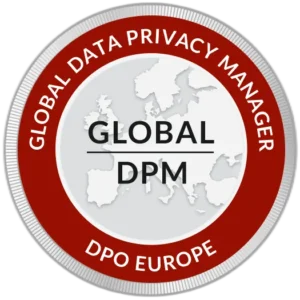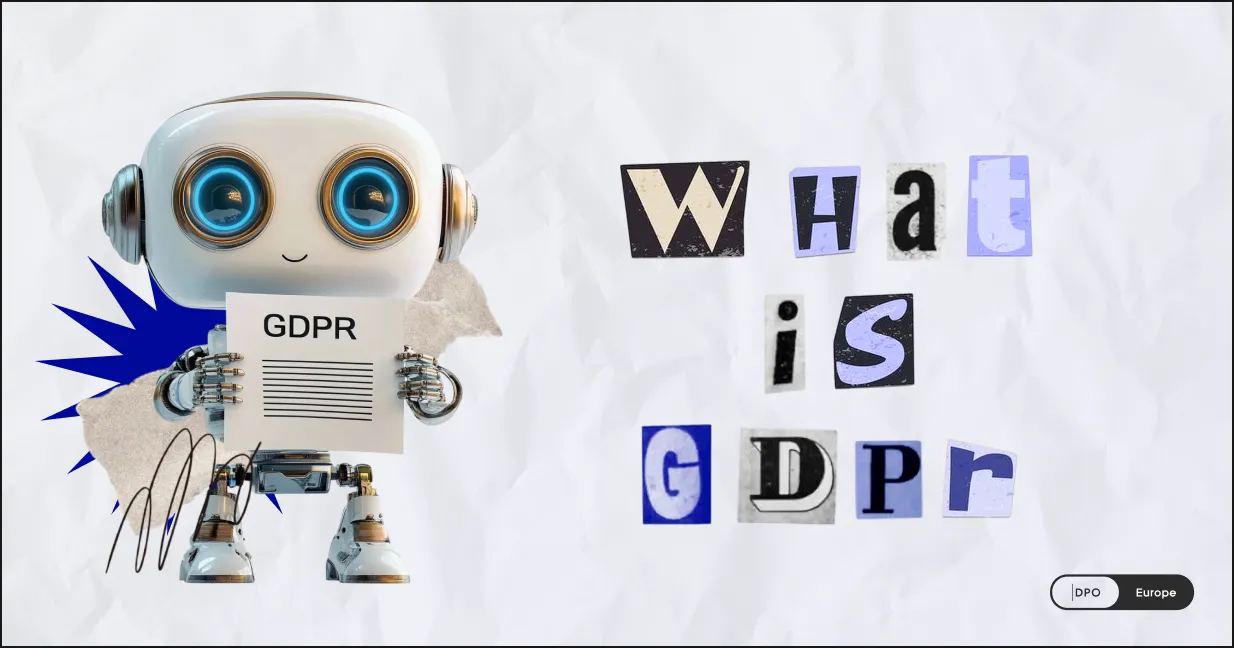Layers of personal information
Personal information can be divided into two layers:
- (1) identifying information, which includes identifiers and quasi-identifiers, and
- (2) related information not used for identification.
Outside of these layers is anonymous information, which is neither used for identification nor tied to a data subject through its content, purpose, or effect on the data subject.
Simply put, details like name, passport number, ID card, username, nickname, email address, phone number, IP address, and bank card are always considered personal data due to their identifying nature. Similarly, a vehicle number, handwriting, video, or photo can be classified as personal data as they can easily identify an individual. Other details like address, marital status, sex, gender, e-wallet details, health data, page views, search queries, and social media posts are considered personal data if it is known to whom they relate.
Fill out the form and we’ll send the material to your mailbox.
Discover related products
GDPR Data Privacy Professional
Fundamental training that covers all aspects of GDPR and teaches how to apply them in practice.
- € 935
Global Data Privacy Manager
A practical course on creating a data protection system based on the ISO international standard.
- € 1050
Trainings for Teams
Privacy and AI training programs for teams both in live online and e-learning formats with diverse level of depth. Customizable and interactive solution for fair price.
- On request




Implement responsible practices into business
Fill in the form and get a free consultation.
- Implementation of 7+ legal frameworks.
- Individual and corporate trainings on GDPR, EU AI Act and international standards.
- Development of personal data protection and responsible AI systems within organizations.
- Custom services upon request.
















